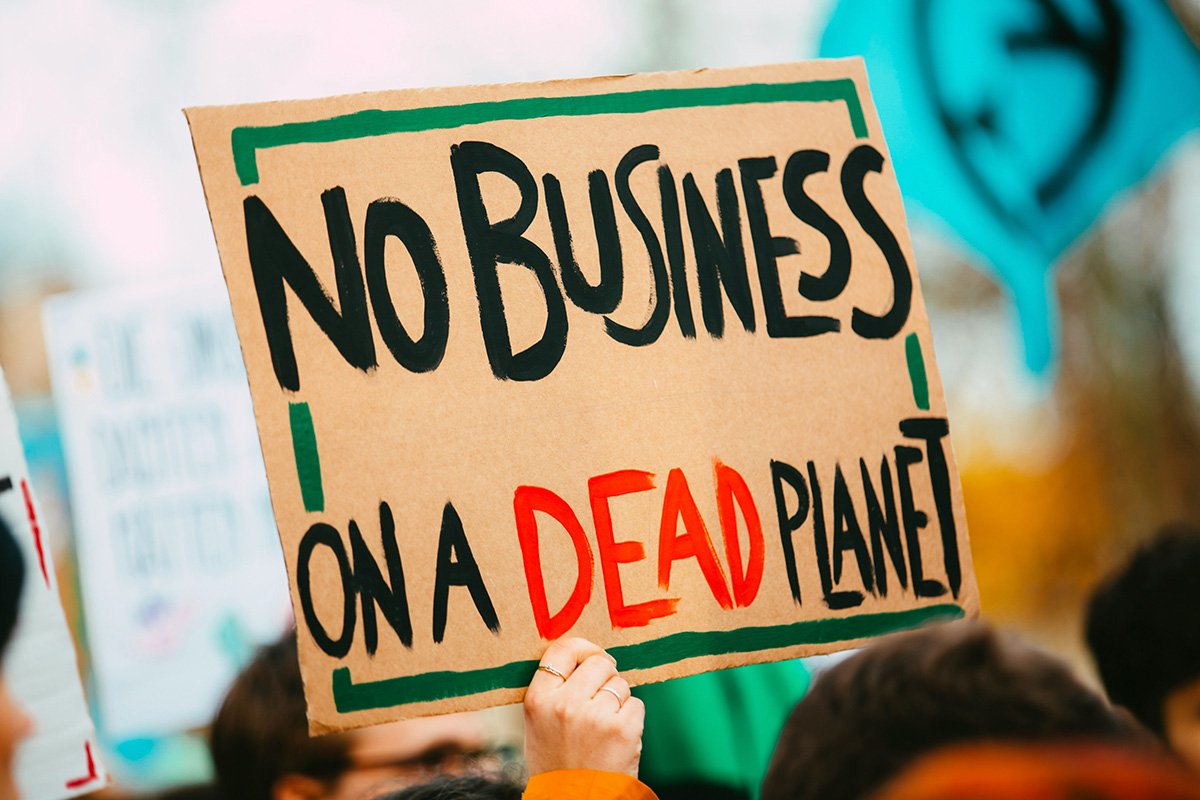February 16, 2012; Source: White House Blog | The White House has heard from a number of charities expressing opposition to President Obama’s (fifth-time-around) proposal to cap charitable deductions at the 28 percent tax rate for individuals earning $200,000 or more (or households earning $250,000 or more). Although the charitable deduction would be the only major tax benefit exempted from elimination as part of the president’s proposed “Buffett rule” regarding the taxes of millionaires and billionaires, the value of the deduction would still be capped at 28 percent for the top two percent of income earners. Jonathan Greenblatt, director of the White House Office of Social Innovation, has posted on the White House blog to explain the elements of the president’s reasoning. Here they are, in paraphrased form:
- Greenblatt explains that part of the reasoning is basic fairness. Currently, middle income taxpayers only get a 15 percent tax deduction on their charitable contributions, compared to more than twice that value for the very wealthy. The president’s proposed 28 percent cap would take the nation, Greenblatt says, back to the same rates as those at the end of the Reagan administration.
- He points out that when the Bush tax cuts reduced the top tax deduction from 38.6 percent to 35 percent, individual charitable giving actually rose. Greenblatt’s analysis is that the Bush administration experience indicates “that other factors are much more important to the process” of charitable giving amounts than the charitable deduction.
- Greenblatt argues that 80 percent of charitable giving wouldn’t be impacted at all because those donations come from taxpayers below the top two tax brackets, or from corporations and foundations that wouldn’t be affected by the president’s proposal concerning individuals’ itemized
In passing, Greenblatt also notes that, because most Americans don’t itemize their deductions, “taxpayers end up subsidizing multi-million dollar gifts to already well-endowed institutions such as universities while they avoid subsidizing smaller gifts to food pantries, community arts groups, homeless shelters and advocacy organizations.” In this way, not only is Greenblatt explaining the president’s rationale for reducing some of the tax inequity between middle class and upper income taxpayers, but he is also pointing out the differences between the small percentage of large, wealthy charities and the vast bulk of charities, which are generally smaller and perhaps not as likely to receive too many donations from the very wealthy.
Sign up for our free newsletters
Subscribe to NPQ's newsletters to have our top stories delivered directly to your inbox.
By signing up, you agree to our privacy policy and terms of use, and to receive messages from NPQ and our partners.
Greenblatt concludes that the Obama Administration believes that “the best way to boost charitable giving is to jumpstart the economy.” The blog post doesn’t address why the proposal has failed four times before this, or why the nonprofit sector seems so adamantly opposed to a tax proposal that he and his White House colleagues believe has such inconsequential impacts on charitable giving.
Most polls during the 2008 election suggested that leaders in the nonprofit sector leaned pretty sharply in favor of Obama in his first run for the White House. One suspects that the president will enjoy similar levels of individual support from nonprofit leaders this time around, especially with congressional Republicans stridently focusing on cutting discretionary domestic spending. So why has the president had such trouble in marketing this part of his tax and budget proposals to the nonprofit sector? Is it simply the case that no sector likes to see itself as the specific target of a tax or, as in this case, the reduction of a tax benefit? –Rick Cohen











